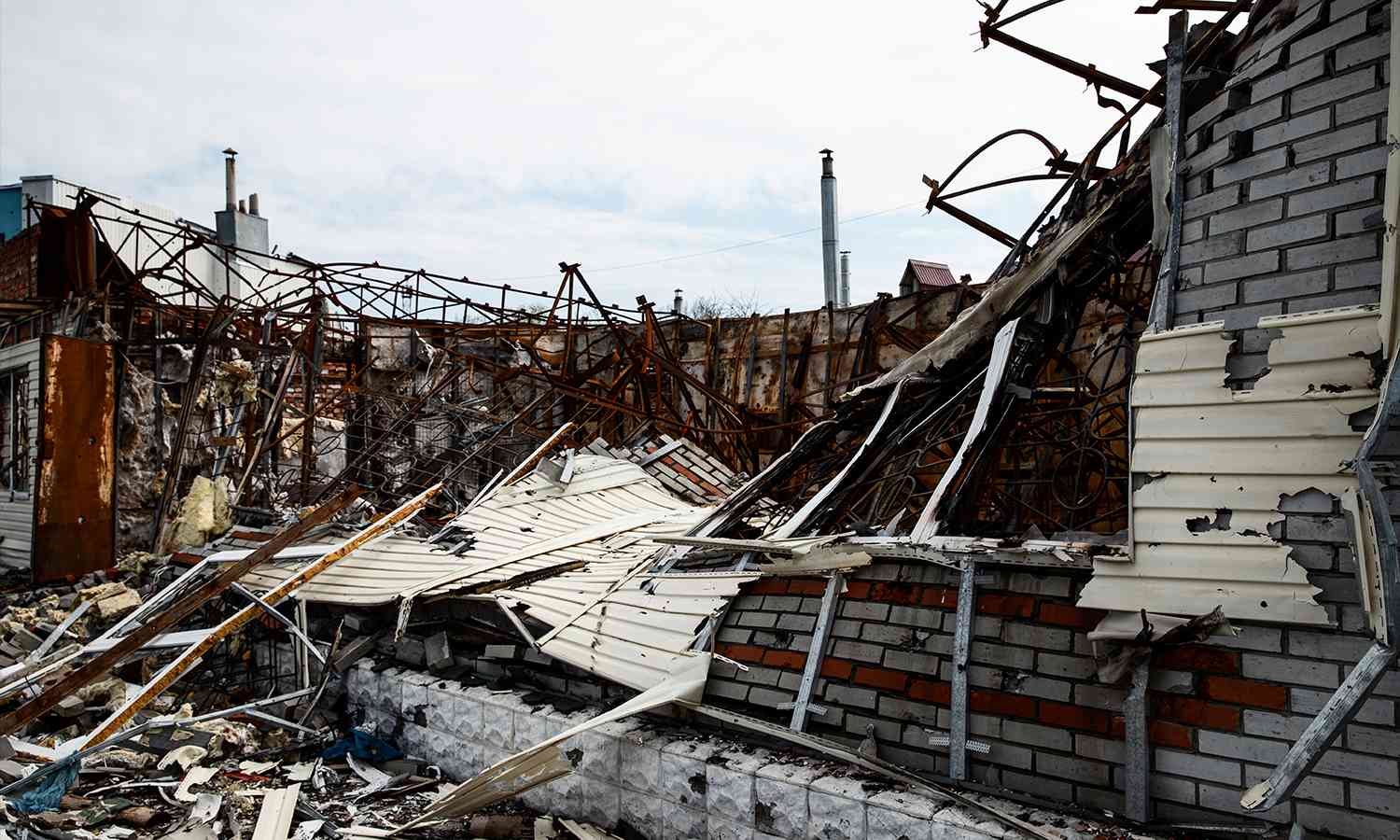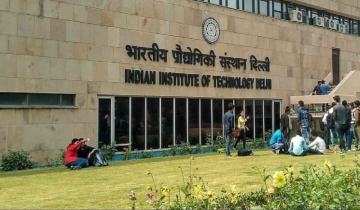The recent 6.4 magnitude earthquake which took place in Nepal, inflicting strong tremors in Northern India, including the Delhi-NCR and other regions tell us to be prepared for the next earthquakes that may take place in the recent future. The National Earthquake Information Centre presently determines the locations of roughly 20,000 earthquakes worldwide annually, which averages to around 55 earthquakes per day.
Preparation for and response to earthquakes is vital, even in areas where they are infrequent. The following are actions that communities can take to enhance their readiness for and response to earthquakes:
Awareness and Education: Increase awareness about earthquakes and their potential consequences through educational initiatives, community gatherings, and outreach programs. Educate residents on earthquake safety practices, like "Drop, Cover, and Hold On" during an earthquake, and stress the importance of having emergency kits and plans.

Risk Assessment and Building Regulations:
Perform comprehensive seismic risk assessments to identify earthquake-prone areas and potential vulnerabilities within the region. Enforce and implement building codes designed to withstand seismic events, particularly in high-risk zones. Retrofit existing structures, bridges, and critical infrastructure to enhance their earthquake resilience.
Emergency Planning:
Develop and regularly update comprehensive emergency response plans tailored to earthquake scenarios. Establish clear lines of communication and coordination among emergency management agencies, first responders, hospitals, schools, and community organisations. Conduct regular drills and exercises to evaluate the effectiveness of emergency plans and enhance community preparedness.
Enhancing Infrastructure Resilience:
Strengthen vital infrastructure, such as hospitals, fire stations, schools, and water supply systems, to withstand earthquakes and maintain functionality. Create redundancy and backup power systems to ensure essential services continue operating during and after seismic events.

Utilising Early Warning Systems:
Implement and advocate for earthquake early warning systems that can offer valuable seconds to minutes of advance notice before seismic activity reaches specific areas. Integrate these systems with public alert mechanisms, including sirens, text messages, and smartphone applications, to swiftly disseminate warnings.
Engaging Communities and Promoting Preparedness:
Foster community engagement in earthquake preparedness through workshops, training sessions, and citizen science programs. Encourage individual and family preparedness by educating them about crafting emergency kits, developing communication plans, and securing heavy furniture and objects that could pose risks during an earthquake.
Building Partnerships and Cooperation:
Cultivate collaboration and partnerships among community organisations, government agencies, academic institutions, and private sector entities to pool resources and expertise for earthquake preparedness. Establish connections with neighbouring communities to share best practices, lessons learned, and resources.
Planning for Post-Earthquake Recovery:
Develop comprehensive recovery plans in advance to ensure a prompt and coordinated response following an earthquake. Offer psychological support and counselling services to individuals and communities impacted by earthquakes. Assess the effectiveness of response and recovery efforts to identify areas for improvement and integrate lessons learned into future planning.
It's important to remember that even in regions where earthquakes are infrequent, preparedness and a coordinated response can save lives and minimise damage when these events occur.
© Copyright 2023. All Rights Reserved Powered by Vygr Media.

























